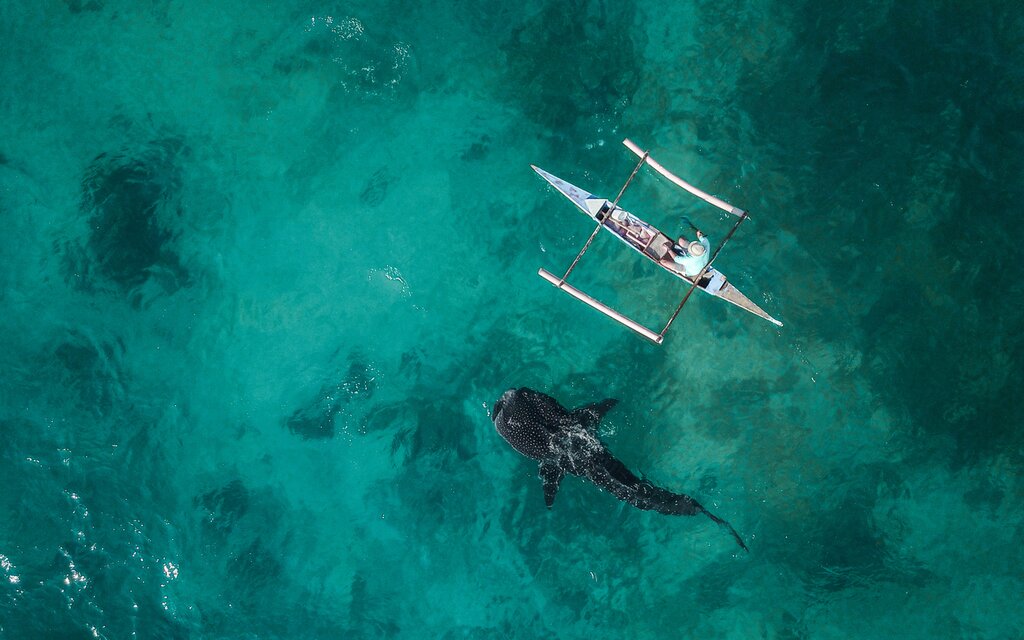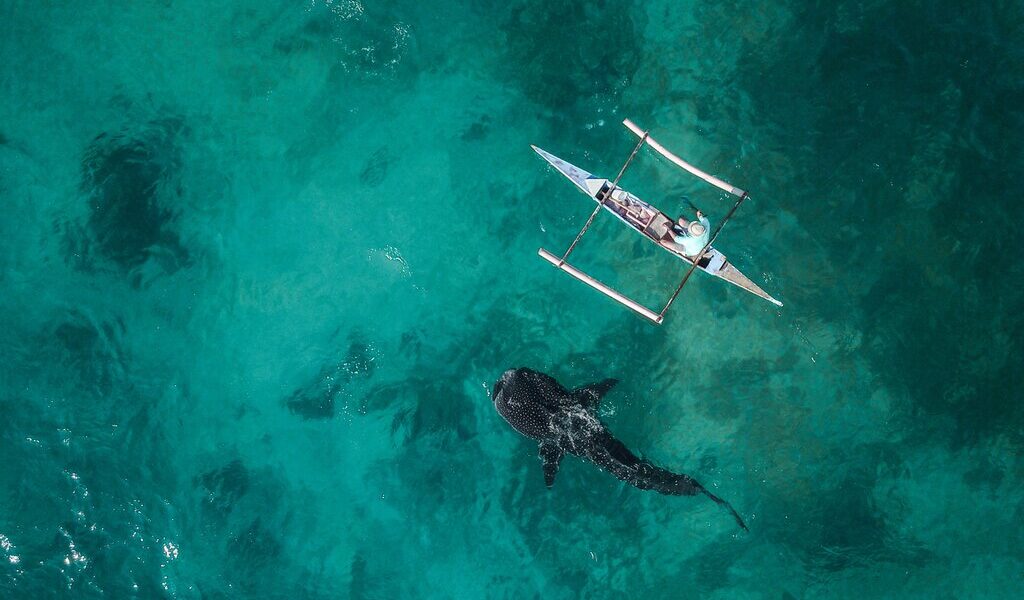
February is the peak season for travel to the Philippines, with warm and dry weather that’s not too hot. It’s a great time to participate in all outdoor activities, from hiking to scuba diving. With over 7,000 islands making up the country, you’ll find somewhere to suit your needs and interests this month. Read on to find out where to go and what to do in the Philippines in February.
The Philippines in February: A Comprehensive Travel Guide
The Philippines, a captivating archipelago nation in Southeast Asia, beckons travelers with its stunning natural beauty and vibrant culture. As a tropical country, the Philippines experiences two primary seasons: the wet season and the dry season. While the weather patterns can vary, February offers a particularly attractive window for exploration.
Weather in February
The Philippines, owing to its geographical location, enjoys a tropical climate characterized by consistent warmth throughout the year. However, the distinction between the wet and dry seasons significantly impacts the overall travel experience. Generally, the wet season brings higher temperatures and increased rainfall, while the dry season offers cooler temperatures and reduced humidity. It is important to note that even within these broad seasonal patterns, there can be monthly and regional variations. The mountainous regions inland tend to be cooler than the coastal areas, providing a refreshing contrast for those seeking respite from the tropical heat.
February falls squarely within the dry season, making it an ideal time to visit the Philippines. During this month, expect temperatures to range between a comfortable 75°F and a warm 88°F (23°C and 31°C) in most regions. Rainfall is minimal, resulting in pleasantly low humidity levels. The weather conditions in February are quite similar to those in January, although temperatures tend to be slightly higher. An added benefit of traveling in February is the significantly reduced risk of typhoons, ensuring a smoother and more predictable travel experience.
Crowds and Costs During Peak Season
February is considered a peak season for travel to the Philippines, attracting visitors from around the globe eager to experience its tropical charm. While the crowds and prices may have slightly subsided from the peak levels observed in early January, it’s important to be aware that February remains one of the more expensive months to visit. This is primarily due to hotels increasing their prices to capitalize on the high demand during the peak season. However, the Philippines still offers generally good value for high-quality accommodation.
To secure your preferred hotels and domestic flights, it is highly recommended to book well in advance. This will not only guarantee availability but also potentially help you secure better deals before prices further escalate. Planning ahead is particularly crucial if you have specific accommodation or flight preferences, as popular options tend to fill up quickly during peak season.
Exploring the Islands: Where to Go
A beach vacation in the Philippines is virtually guaranteed to be a rewarding experience in February, thanks to the favorable weather conditions and stunning coastal landscapes. The challenge lies in choosing from the myriad of superb beaches and islands that the country has to offer. Each destination boasts its own unique charm and appeal, catering to a wide range of preferences and interests.
For those seeking a blend of luxurious resorts and vibrant nightlife, the island of **Boracay**, located off the larger **Panay Island**, should undoubtedly be on your radar. The island’s west coast is renowned for its pristine white-sand beaches fringed with swaying palm trees, creating a picture-perfect tropical paradise. Meanwhile, the east coast is a hub for water sports enthusiasts, thanks to the consistently strong winds that provide ideal conditions for activities like stand-up paddle boarding, kiteboarding, and surfing. After a day of exhilarating water sports, you can unwind with refreshing cocktails on the beach, soaking in the stunning sunset views.
Beyond its beaches, the Philippines is widely regarded as one of the world’s premier diving destinations. Its diverse marine ecosystem teems with life, featuring vibrant coral reefs and gardens, majestic manta rays, elusive whale sharks, schools of colorful tropical fish, giant clams, and captivating shipwrecks waiting to be explored. Whether you’re an experienced diver or a novice snorkeler, there’s something for everyone to discover beneath the waves.
For experienced divers seeking an unforgettable adventure, the **Tubbataha Reefs Natural Park**, a protected area in the **Sulu Sea**, is an absolute must-visit. This UNESCO World Heritage Site comprises two massive atolls, boasting unparalleled biodiversity and pristine coral formations. Diving in Tubbataha requires embarking on a liveaboard boat, allowing you to fully immerse yourself in the remote and untouched beauty of this underwater paradise.
If you prefer a more casual and accessible diving destination, head to **Coron**, located in **Palawan**. From Coron, you can easily access a collection of World War II-era Japanese shipwrecks, offering a unique and fascinating diving experience. Explore the remnants of these historical vessels, now teeming with marine life, and delve into a captivating chapter of the past.
Things to Do Beyond the Beach
Aside from diving, the Philippines offers a plethora of other water sports activities to enjoy in February. If swimming with whale sharks has been a long-held dream, the Philippines is one of the best places in the world to make it a reality. Whale sharks are known to frequent the waters around the Philippines between November and June (or January to May in some locations), but February is considered a particularly favorable month for encounters.
While whale sharks can be found in various locations throughout the Philippines, **Donsol** offers a near-guaranteed opportunity for an awe-inspiring encounter. Despite its location in northern **Luzon**, many people travel further south in the country for diving and snorkeling activities. The whale sharks congregate in **Donsol Bay**, attracted by its abundant supply of plankton and krill. To protect these gentle giants, scuba diving with whale sharks is prohibited in Donsol, but snorkeling is permitted, allowing you to witness these magnificent creatures in their natural habitat while minimizing disturbance.
Festivals and Events in February
**Lunar New Year**, celebrated especially in **Manila**, marks a significant cultural event that typically falls in late January or early February. Even Filipinos who may not have Chinese ancestry join in the festivities, which include lively dragon dances and vibrant street parties. Manila’s Chinatown, considered the oldest Chinatown in the world, is the epicenter of Lunar New Year celebrations, offering a fascinating glimpse into Chinese culture and traditions.
The **Philippines Hot Air Balloon Fiesta**, held in **Clark**, is a spectacular four-day event that draws pilots and spectators from around the globe. Located northwest of Manila, this festival showcases a breathtaking display of hot air balloons, skydiving demonstrations, microlight flights, and a variety of other aerial activities.
The **Baguio Flower Festival** (also known as **Panagbenga**), celebrated in **Baguio**, takes place during the third week of February. This vibrant flower festival features a grand parade with elaborate floats adorned with stunning floral arrangements, along with a wide array of flower-related events and exhibits.
The **Kaamulan Festival**, held in **Malaybalay City**, **Mindanao**, typically takes place in late February or early March. This cultural festival celebrates the rich traditions and heritage of the seven ethnic groups that inhabit the region, offering a unique and immersive experience.
B-2157

